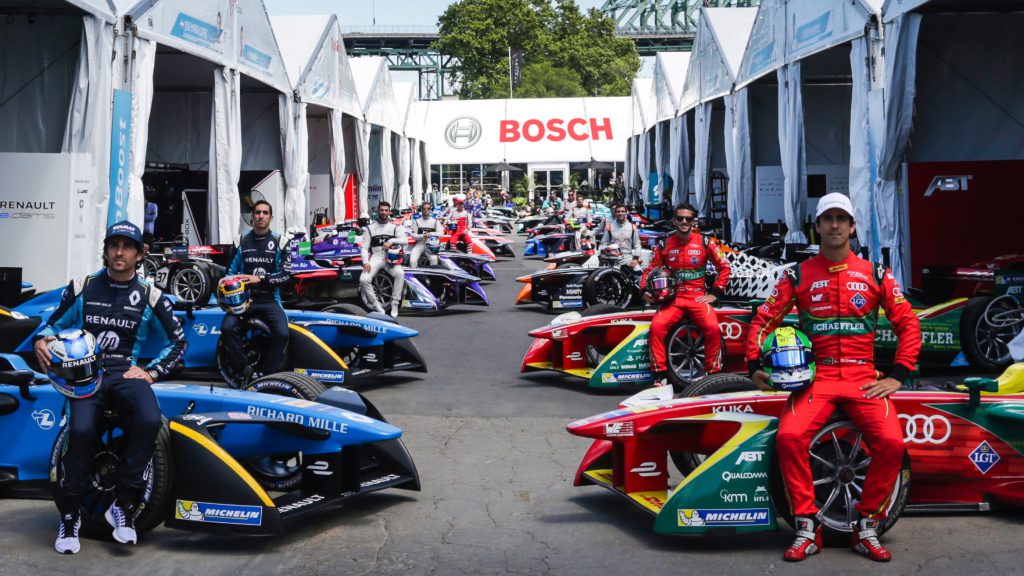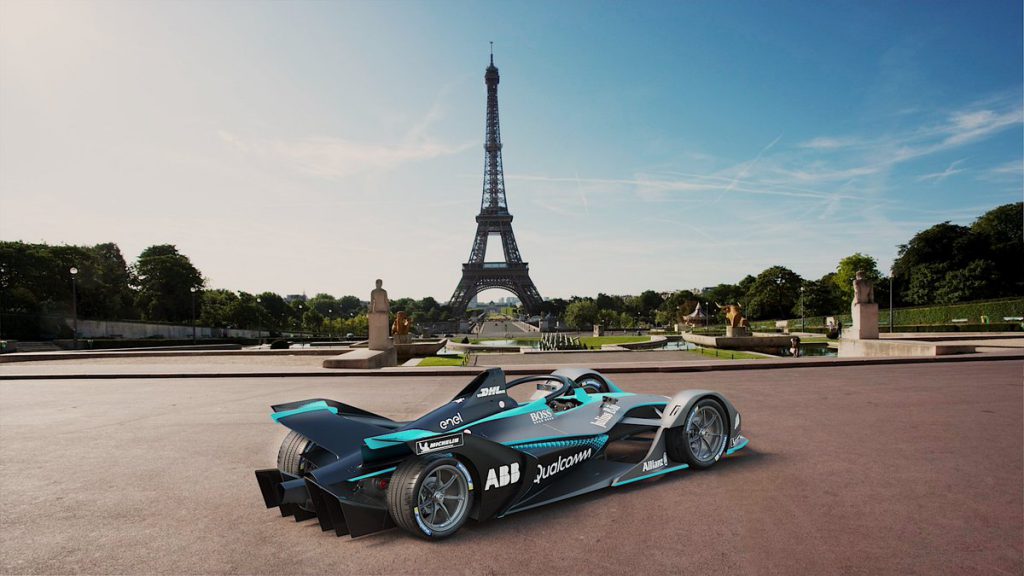We’ve all heard of the Formula 1 racing games. Anticipating the e-mobility boom, an electric car racing series called ‘Formula E’ was launched in 2014. Besides providing entertainment, the organiser is now investigating how powerful race car batteries can be best recycled.
Since the first race in Beijing five years ago, the Formula E competition has been held in 20 cities, across five continents. The racing event is supported by 13 major manufacturers the likes of Mercedes Benz, Jaguar, Renault, Nissan, BMW, Porsche and McLaren.
Typically, over 40 vehicles enter the annual racing games, which consist of ten or more individual races. The event is currently being discussed in a much more sustainable light.
New fast batteries
Formula E has launched a partnership with Belgian recycling company Umicore to recycle all the batteries used in its race cars. The batteries in question are created by Williams Advanced Engineering.
Formula E has already collected spent batteries from racing teams and sent them to Umicore for sorting, dismantling and processing. At its plant near Antwerp, the valuable metals are being carefully recovered using proprietary and unique smelting technology. This is followed by hydrometallurgical treatment.

According to Umicore, this recycling will help create brand-new automotive batteries. Interestingly, BMW is also collaborating with Umicore to ensure the batteries from its new i3 vehicles get recycled.
Top performance expected
‘This is an important moment for Formula E and I’m grateful to be partnering with Umicore on this initiative,’ comments Formula E founder and ceo Alejandro Agag. He says the racing organisation is dedicated to improving the performance of electric cars. Besides, it wants to inspire consumers ‘to buy cleaner, more efficient cars’.
Agag recalls that the first Formula E car had a power of at least 250 horsepower (190 kW). The car was able to accelerate from 0–100 km/h (0–62 mph) in 3 seconds, with a maximum speed of 225 km/h (140 mph). The generators used to re-charge the batteries are powered by glycerine, a by-product of bio-diesel production.
The 2018-19 season features the all-new second generation Formula E car. It is said to boast ‘significant technological advances’ over the previous Spark-Renault SRT_01E chassis. For example, its 54 kWh battery and power output rise from 200 kW to 250 kW. Not least, the vehicle’s top speed is now around 280 km/h (174 mph).

Don't hesitate to contact us to share your input and ideas. Subscribe to the magazine or (free) newsletter.


